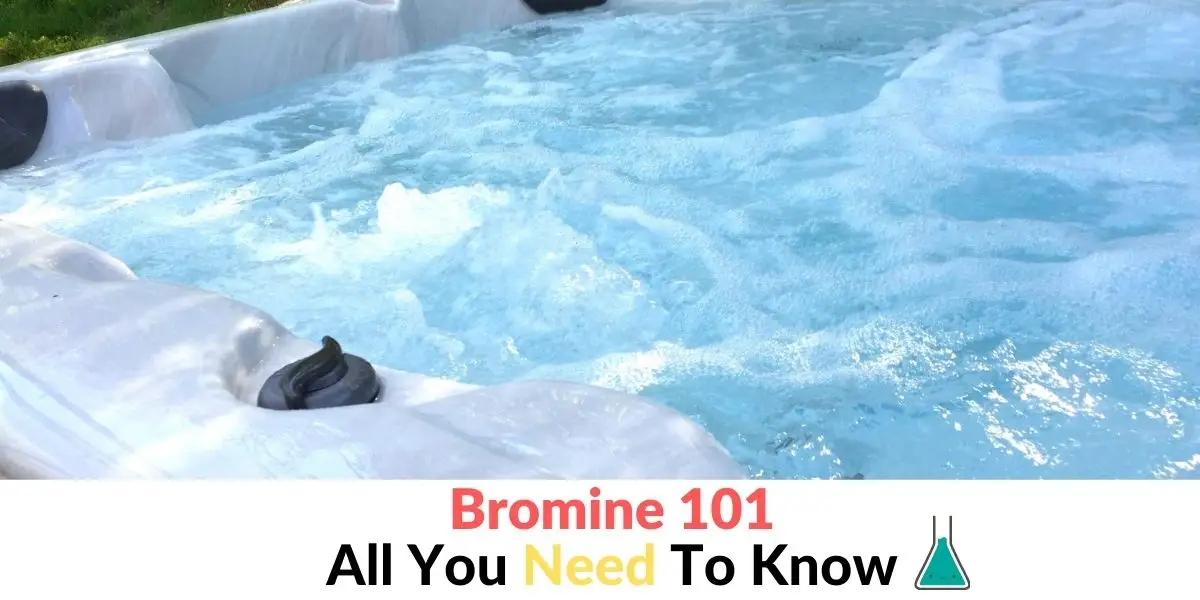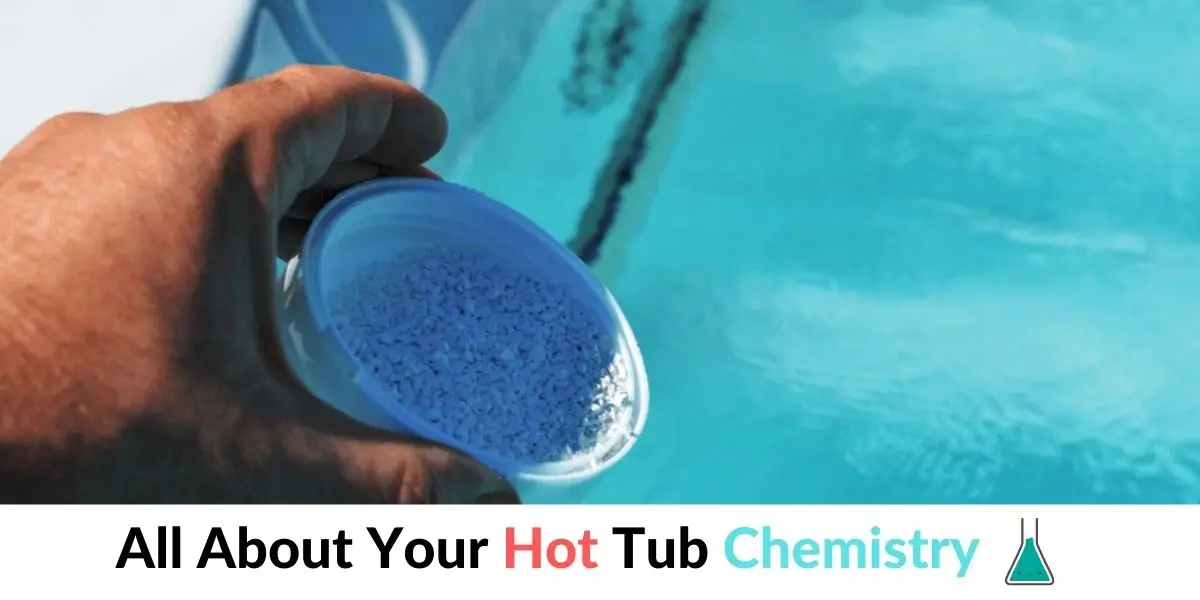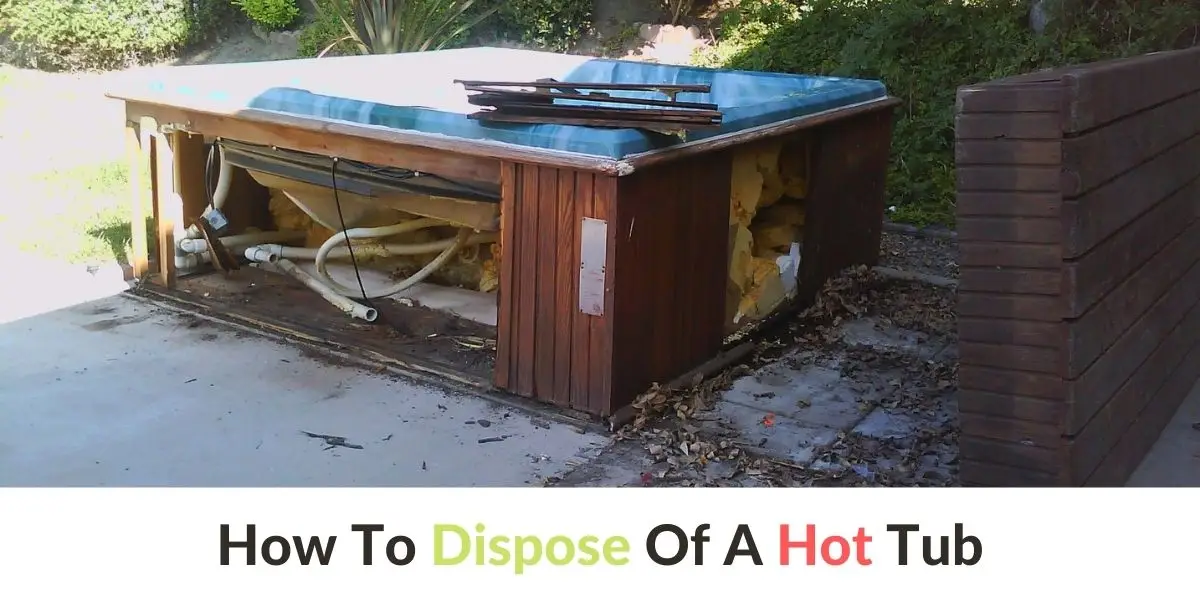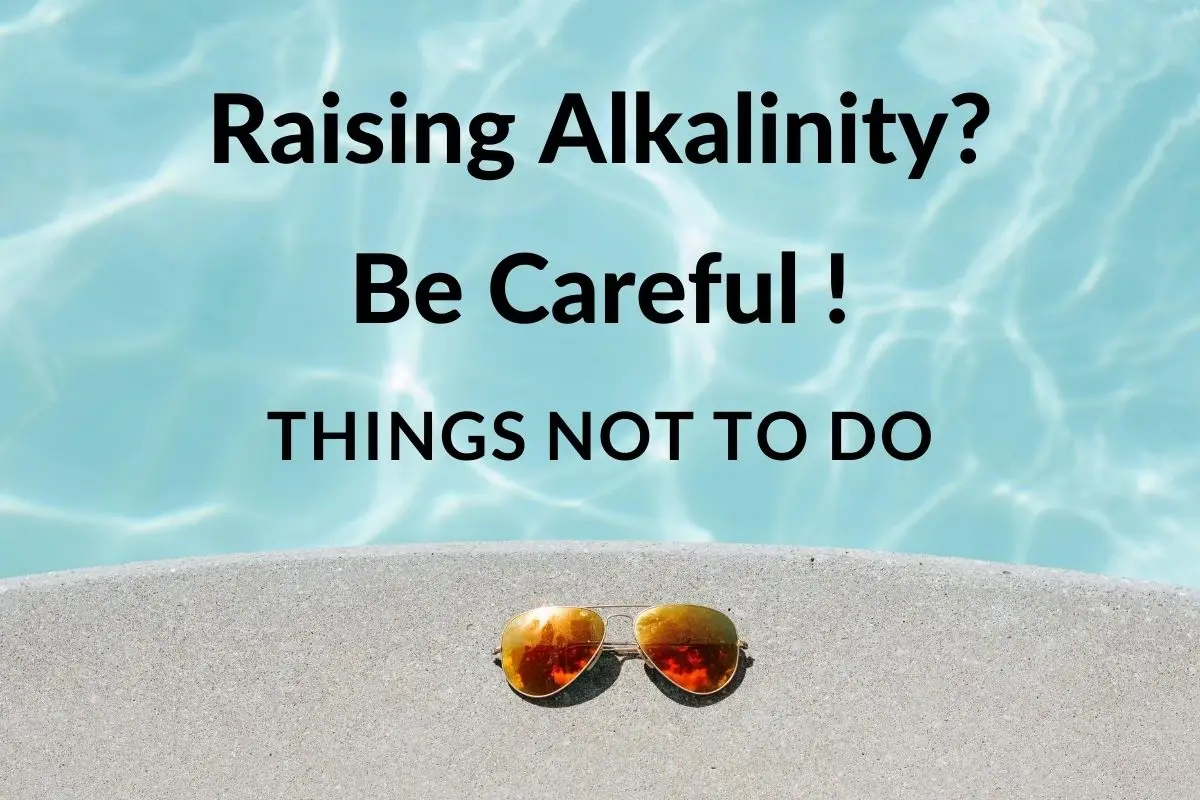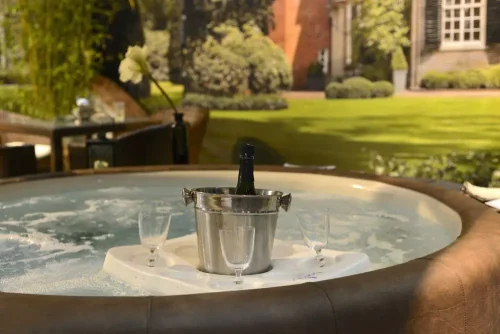Discover How to Increase Bromine in Hot Tub
Key Highlights
- Learn how to easily raise bromine levels in your hot tub for good water care.
- Know why keeping optimal bromine levels in your hot tub is important for a clean and safe spa.
- Understand the basics of bromine chemistry in hot tubs. This includes how hypobromous acid and bromide ions work.
- Look at the advantages of using bromine instead of chlorine in hot tubs. It is especially useful in higher temperatures and helps with water balance.
- Find simple steps and good ways to effectively boost bromine levels in your hot tub.
- Make sure you have the ideal bromine level in your hot tub. Use test strips and check ppm levels closely.
Introduction
Welcome to hot tub maintenance! If you have a hot tub, it’s important to keep the bromine levels in your spa water balanced. This helps make your soak safe and relaxing. Understanding how bromine works, how it is different from chlorine, and learning easy methods to raise bromine levels will improve your hot tub experience. Let’s explore simple ways to boost bromine levels in your hot tub. We want your time in the spa to be easy!
Understanding Bromine’s Role in Hot Tub Maintenance
Bromine is really important for taking care of hot tubs. It helps keep the water clean and safe, which means you can relax without any worries. It’s good to know how bromine works to maintain your water. Bromine turns into a substance called hypobromous acid. This acid helps clean the spa water and keeps dirt out. By maintaining the right bromine level and using bromine tablets properly, hot tub owners can make a clean and comfy space. Keep reading to learn how bromine helps in your spa care routine!
The Basics of Bromine Chemistry in Hot Tubs
Bromine chemistry in hot tubs involves turning bromide ions into hypobromous acid. This acid helps keep hot tub water clean and safe. When bromine sanitizer comes into contact with dirt or germs, it removes them by oxidizing and killing them off. This process is key to keeping the hot tub water safe for you. Understanding this chemical change is important for proper water care.
You should keep the bromine level in your spa between 3 and 5 ppm. This is important for good sanitization. Take some time to learn these basics to keep your hot tub in good condition. By doing this, you can enjoy your soak without any worries!
Comparing Bromine with Chlorine for Hot Tub Use
Bromine and chlorine are both popular choices for cleaning hot tubs. Bromine works better when the water is hot. Chlorine can help, but it weakens quickly in hot water. This means you need to check chlorine often. Bromine usually comes in tablets or granules and makes a compound known as bromamine. This compound can stay active for a longer time, making it a good choice for spa water care. Even though you may need chlorine shock treatments once in a while, bromine gives you steady cleaning. This is why bromine is a better option for hot tub owners.
Practical Steps: How to Increase Bromine in Hot Tub
To raise the bromine level in your hot tub, first check the current level with test strips. If it is low, add bromine tablets into the floating dispenser. Be sure to set the dispenser to release the right amount based on the size of your tub. Check the levels regularly with a test kit and make adjustments as needed. Remember, keeping the right bromine levels is key for good sanitation and a great soaking experience!
Determining the Ideal Bromine Level for Your Hot Tub
To keep your hot tub healthy, you need to get the bromine level just right. Aim for 3-5 ppm. This level will keep the water clean and reduce irritation. Use test strips to check the bromine levels. They are quick and easy to use. Remember, higher temperatures and regular use can affect how well bromine works. So, check the levels often. You may also want to use a bromine system. It helps to keep the cleaning steady. Keeping the bromine level correct ensures a safe and fun soaking experience for everyone.
Using Bromine Tablets Effectively
Bromine tablets help you maintain the right bromine levels in your hot tub. Simply add them to a floating dispenser or feeder. The tablets will gradually release bromine into the water.
Test the water often. You can use test strips or a test kit to do this. It will help you see if the bromine level is right. Change the number of tablets you use based on how much you use the hot tub and how much bromine is needed.
Remember, if the water is hotter or you are using the tub a lot, you might have to add the tablets more often. Follow these easy steps to have a clean and safe hot tub experience!
Conclusion
Maintaining the right bromine levels in your hot tub is crucial. It keeps the water clean and safe for you. To achieve this, you need to know how bromine works. Testing the water often is also important. One of the key steps is using bromine tablets correctly.
You should check the pH, alkalinity, and calcium hardness levels. This helps the bromine clean your water correctly. If you have urgent questions, ask your local dealer. Always practice good water care. Enjoy your spa when the bromine levels are well maintained!
Frequently Asked Questions
How often should I check the bromine levels in my hot tub?
To keep your hot tub safe and clean, check the bromine levels 2 to 3 times a week. How often you test the water depends on how much you use the tub, the temperature, and how many people are in it. Regularly checking the water helps to keep your hot tub well sanitized.
What do I do if the bromine level is consistently low?
- Add a bromine shock treatment to boost the levels in your hot tub.
- Look for any issues with the filtration system of the tub.
- Be sure to stick to the right maintenance routines often.





